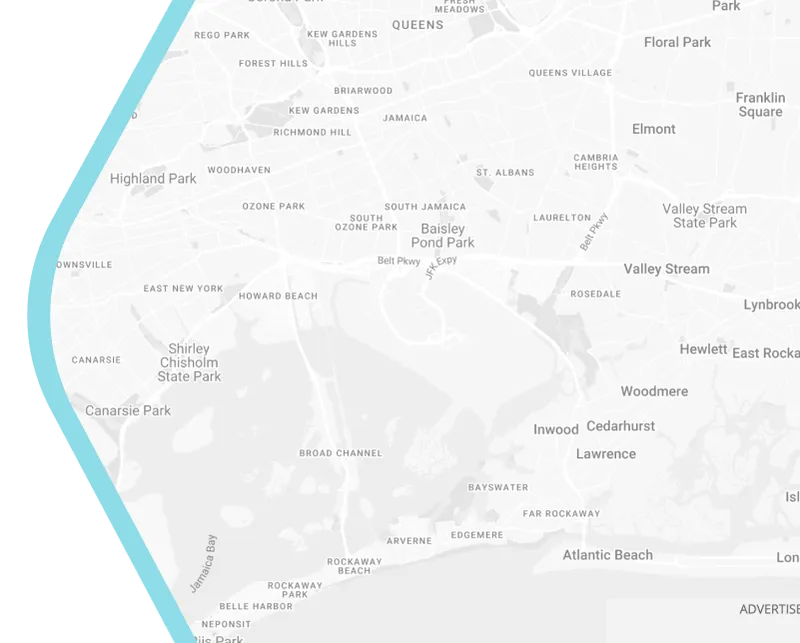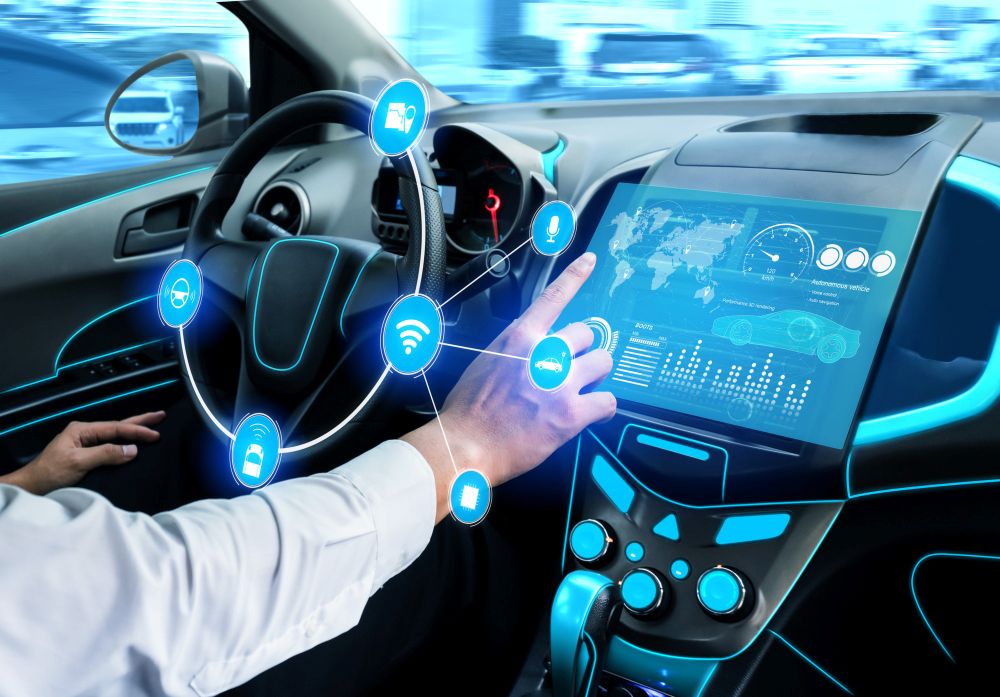
Urban Innovation Trends Shaping the Future of Smart Cities
Explore the latest urban innovation trends shaping smart cities in 2025. Learn how technology, sustainability, and citizen engagement are transforming urban life.
A city that makes life easier for everyone, which uses smart technology in its public places, and that develops new ways of connecting people and improving city amenity


Explore the latest urban innovation trends shaping smart cities in 2025. Learn how technology, sustainability, and citizen engagement are transforming urban life.

Discover the top 10 smart city solutions revolutionizing urban life in 2025. Explore innovations in urban technology, sustainable cities, and digital transformation for smarter living.

Tokyo’s earthquake-proof underground utilities combine deep-tunnel engineering, AI sensors, and seismic isolation to protect critical infrastructure during disasters.
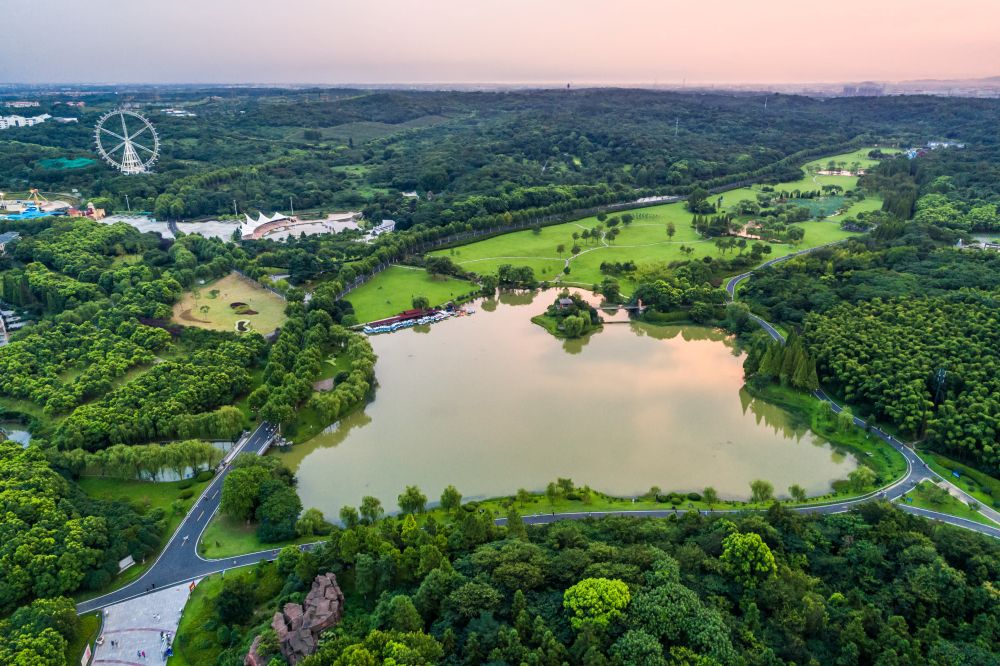
Net-zero districts merge cutting-edge design with renewable tech to create carbon-neutral urban ecosystems that boost economic vitality while battling climate change.
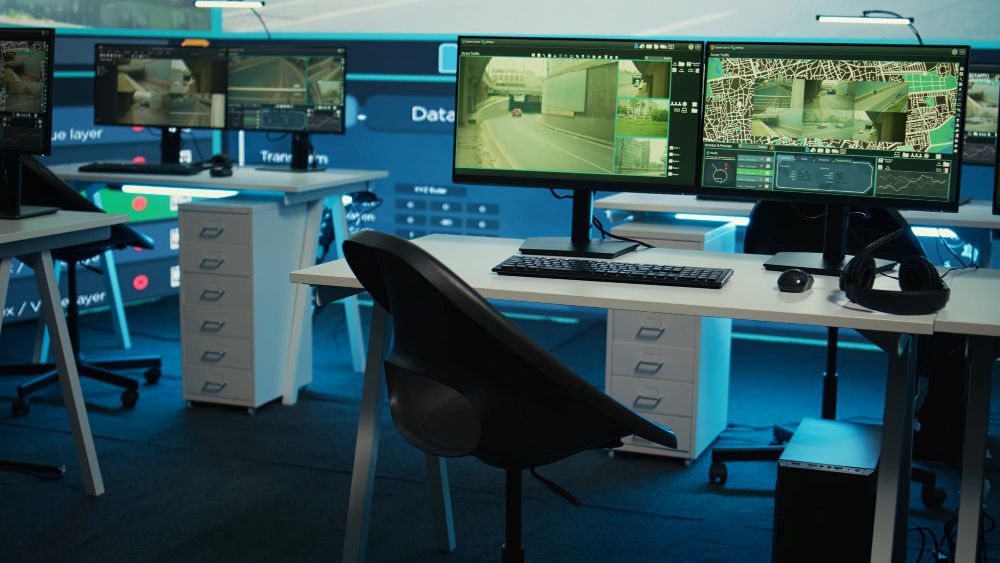
Digital twins empower urban planners to create dynamic virtual replicas of cities, enabling real-time testing of infrastructure, sustainability, and community impact before physical implementation.

Singapore’s digital twin model offers replicable strategies for global cities to optimize planning, reduce costs, and enhance sustainability through integrated virtual simulations.

Urban air mobility vertiports are evolving from sci-fi concepts to critical infrastructure, blending design innovation with urban functionality to redefine city skies.

Modular hospitals solve urban healthcare gaps through prefabricated, rapidly deployable units that adapt to population surges and emergencies

Universal basic Wi-Fi is essential smart city infrastructure, bridging digital divides while enabling economic mobility and civic participation for all urban residents.

AI-driven earthquake alerts provide critical seconds for skyscraper safety, merging seismic science with real-time AI analysis to protect urban populations

Smart city solutions leverage real-time data, transparent systems, and community tech to dismantle migrant worker housing injustices globally.

Tech-driven co-living hubs are transforming smart cities into dynamic ecosystems where digital nomads thrive through seamless connectivity and purpose-built communities.

Blue Zone urban design merges longevity secrets with smart technology to create cities that add decades to residents' lives through intentional community-focused planning.

Tech-driven micro-units are redefining urban living for gig economy workers through space-efficient design, IoT integration, and community-centric housing models.

Underground urbanism offers innovative, sustainable solutions to urban overcrowding by leveraging subterranean spaces for infrastructure and community development.

Cities worldwide are adopting smart shadow analysis tools to optimize natural light distribution, creating healthier, energy-efficient neighborhoods.

Cities are reimagining urban landscapes with acoustic urbanism, blending technology and design to reduce noise pollution and enhance residents’ sound wellbeing.

Historic sites are becoming pillars of smart cities, merging heritage conservation with IoT, renewable energy, and community-driven tech to build sustainable urban futures.

Hyper-dense vertical villages combine innovative architecture and smart urban planning to address housing crises through scalable, eco-friendly, and community-centric solutions.

Swarm robotics is revolutionizing urban construction by deploying AI-driven robot teams to tackle labor shortages, speed up timelines, and reduce costs in megaprojects.

Australia is pioneering inclusive smart city solutions to address urban tech disparities, fostering digital equity through community-driven innovation.

This blog explores how smart streetlights serve dual roles in cutting energy costs and enabling data-driven urban planning, with real-world examples from Australia’s smart city initiatives.

Urban analytics platforms are reshaping Australian cities by turning raw data into smarter infrastructure, sustainability, and citizen-focused solutions.

Explore how 5G-powered building automation is reshaping Australian smart cities through energy efficiency, data-driven design, and seamless IoT integration.

Smart city ecosystems provide a framework for creating sustainable and livable urban environments by integrating technology and data to improve citizen well-being and resource management.

This Smart City SS resource provides a list of essential smart home technologies for sustainable living, focusing on the Australian context. Learn about smart thermostats, lighting, water management, energy monitors, and more. Discover how these devices can help you create a greener home, reduce your environmental impact, and save on utility costs.

This Smart City SS article explores how smart technology powers sustainable living in urban environments. Learn about smart thermostats, lighting, water-saving devices, and waste management solutions for eco-conscious homes. Discover the benefits of reducing your environmental footprint and contributing to a greener future in smart cities.

AI is reshaping urban planning by optimizing land use, reducing inefficiencies, and creating adaptable cities for future generations.

This blog examines Australia’s innovative approach to retrofitting aging infrastructure with smart technologies, highlighting case studies, challenges, and the path forward.
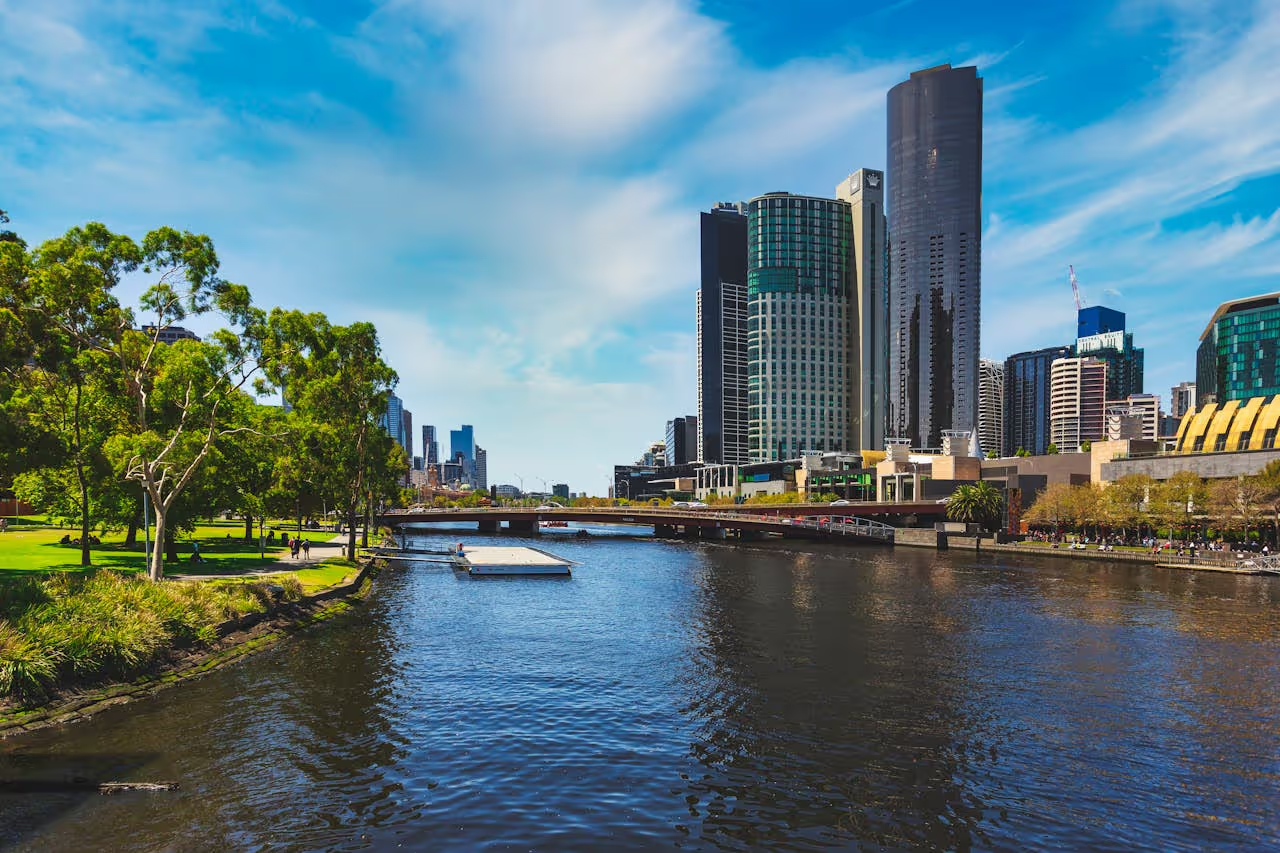
Green infrastructure is vital for building resilient cities against climate change and urbanization challenges. Beyond aesthetics, it offers multifaceted benefits: mitigating heat, managing stormwater, improving air and water quality, supporting biodiversity, and enhancing well-being and economic vitality. While implementation faces hurdles like land scarcity and funding, strategic planning, technology, collaboration, and learning from examples are key. Smart City SS offers solutions to integrate green infrastructure for a sustainable urban future.
